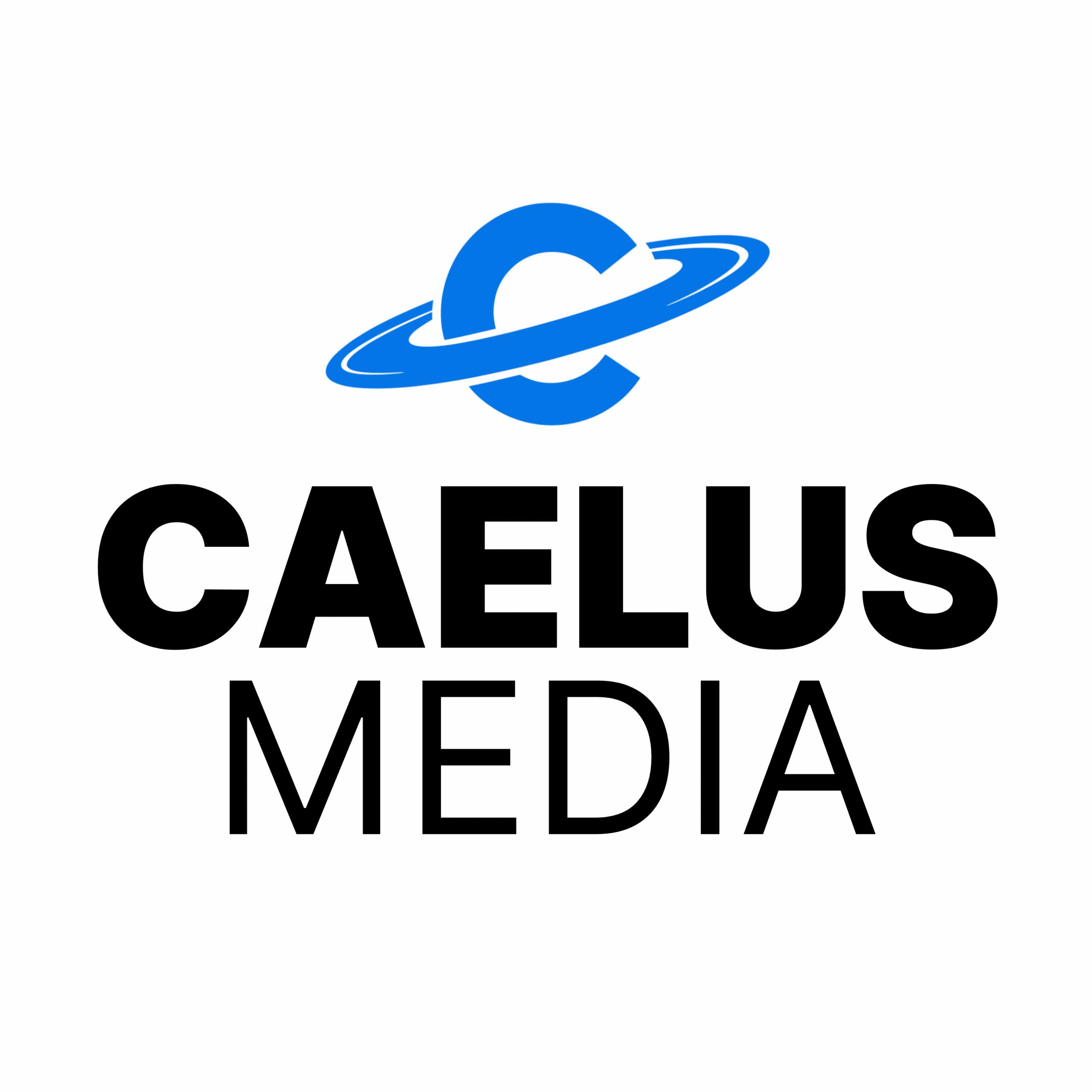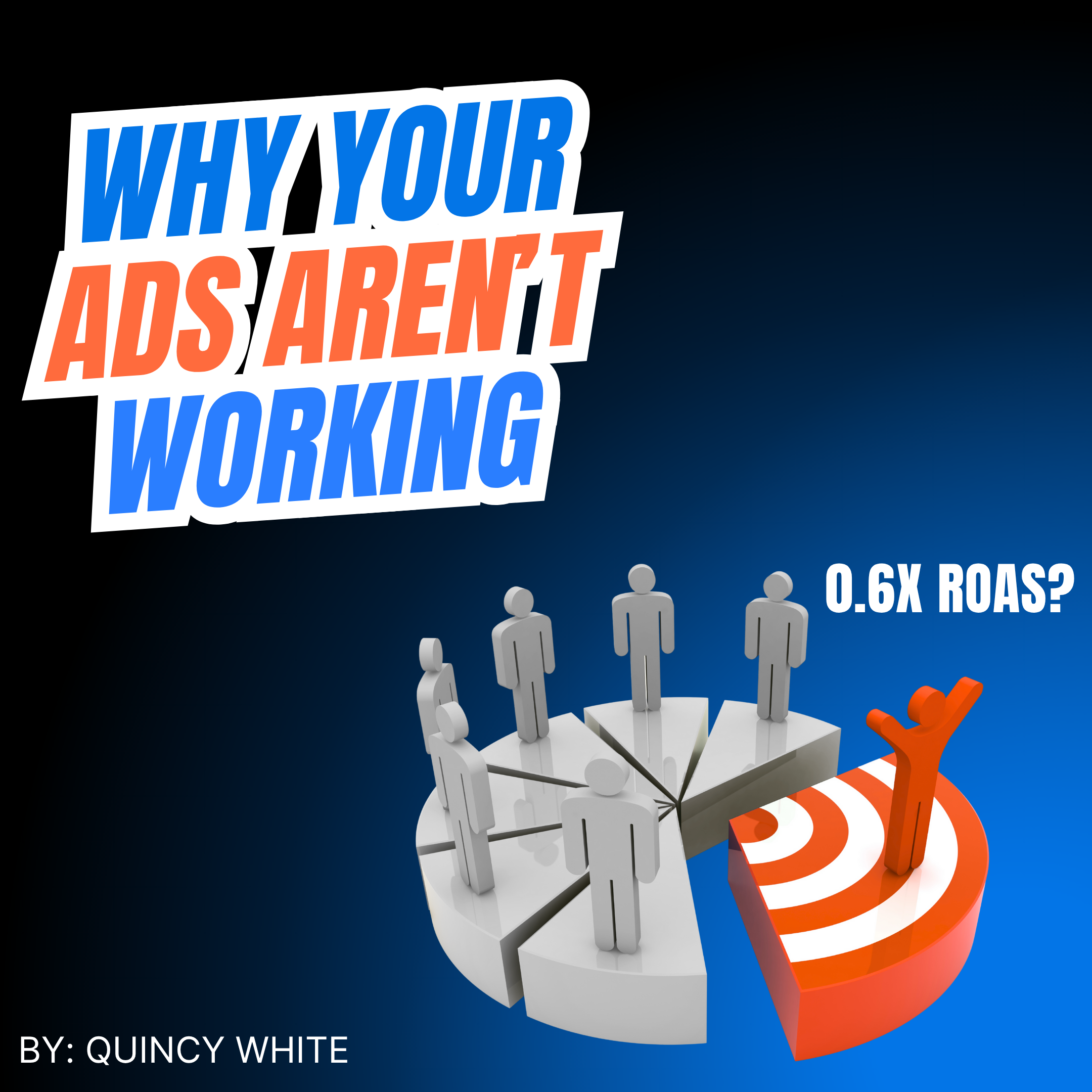Every Facebook ad used to be one fixed unit: one image, one text, one headline, one description. Advertisers could clearly see what worked and what didn’t. But that level of control is gone.
As Meta evolved, placements multiplied and automation took over. Today, ads are built from many inputs
- images
- videos
- headlines
- text variations
That Meta assembles dynamically. AI and Advantage+ Creative add even more versions. A single “ad” can now exist in hundreds of forms, changing by user, device, and placement.
Your role is no longer to design the final ad. It’s to feed the system strong ingredients so Meta can build the right version for each person.
What used to be a simple is now less intuitive:
- You provide inputs (text, images, videos).
- Meta builds combinations (manual or AI-assisted).
- Meta renders those combinations differently across up to 26 placements.
- Enhancements may alter those combinations further.
What Advertisers Should Do Now
-
Create flexible assets
Design visuals in 1:1, 4:5, 9:16, and 1.91:1. Keep safe zones clear so text and faces don’t get cut off. -
Write modular copy
Provide 3–5 variations of primary text, headlines, and descriptions. Use different lengths and tones so Meta can match the right one to the right person. -
Customize for placements
Shorten text for Stories and Reels. Use subtitles for vertical videos. Adapt each version instead of forcing one layout everywhere. -
Use automation with purpose
Enable Multiple Text Options and Advantage+ Creative, but review every AI suggestion. Keep brand consistency. -
Test by theme, not by ad
Stop looking for one “winning ad.” Instead, track which angles, hooks, and visuals perform best across many variations.
Key Takeaway
Meta ads are no longer handcrafted outputs, they’re dynamic systems. Focus on the inputs: strong creative, versatile copy, and clear strategy. When you master that, the algorithm can do its job better than manual control ever could.




